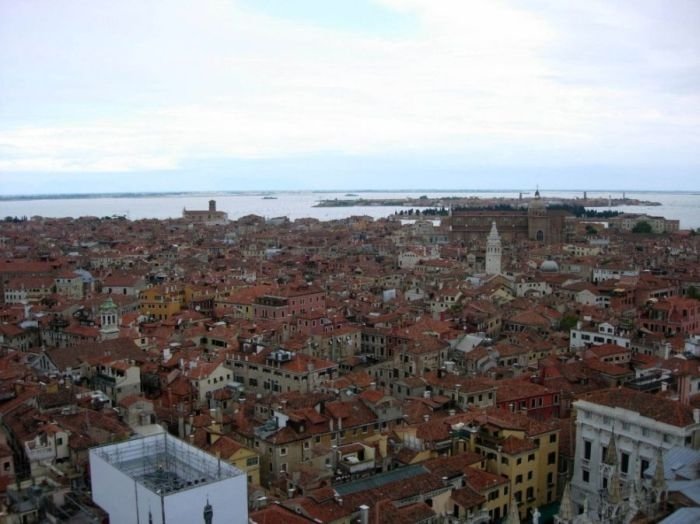|
|
Bird's-eye View Of Venice, Italy
|
Byzantine craftsmen played an important role in the development of Venetian glass, an art form for which the city is well-known. When Constantinople was sacked by the Fourth Crusade in 1204, some fleeing artisans came to Venice. This happened again when the Ottomans took Constantinople in 1453, supplying Venice with still more glassworkers. By the sixteenth century, Venetian artisans had gained even greater control over the color and transparency of their glass, and had mastered a variety of decorative techniques.
Despite efforts to keep Venetian glassmaking techniques within Venice, they became known elsewhere, and Venetian-style glassware was produced in other Italian cities and other countries of Europe.
Some of the most important brands of glass in the world today are still produced in the historical glass factories on Murano. They are : Venini, Barovier & Toso, Pauly, Millevetri, Seguso. Barovier & Toso is considered one of the 100 oldest companies in the world, formed in 1295.
One of the most renowned types of Venetian glasses are made in Murano, known as Murano glass, which has been a famous product of the Venetian island of Murano for centuries. Located off the shore of Venice, Italy, Murano was a commercial port as far back as the 7th century. By the 10th century it had become a well-known city of trade. Today Murano remains a destination for tourists and art and jewellery lovers alike.
|
|









